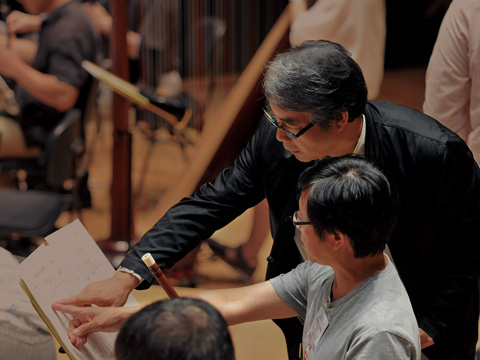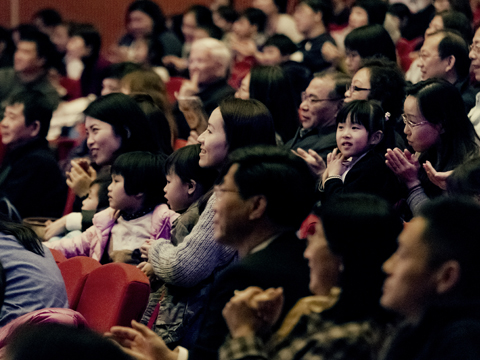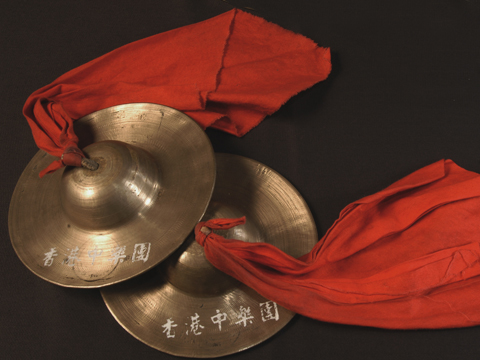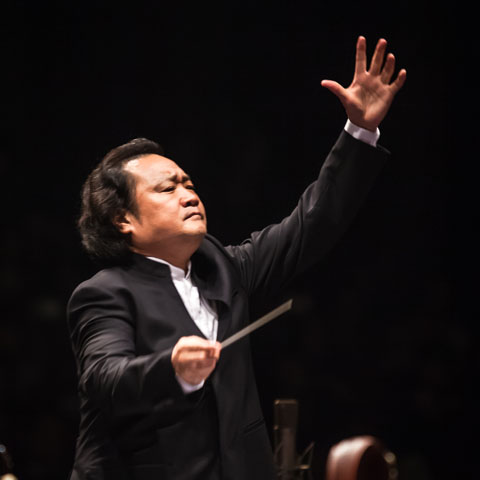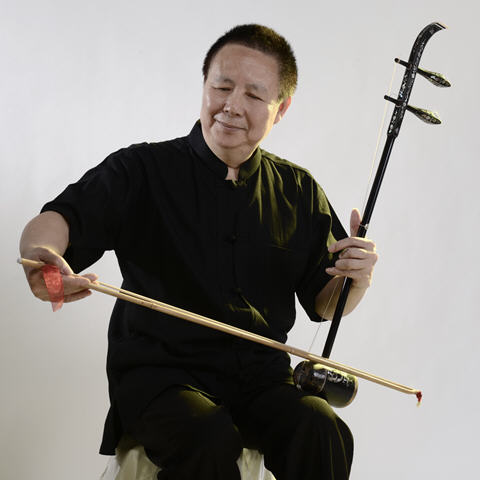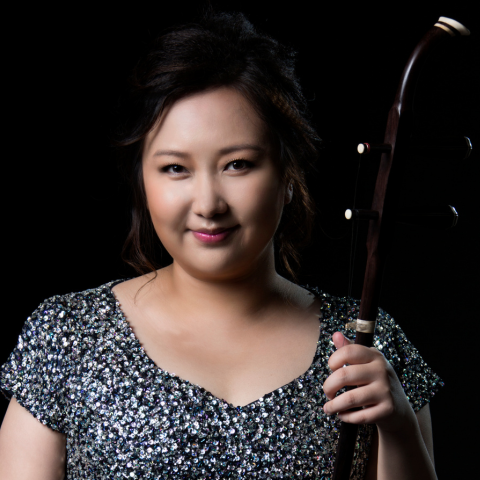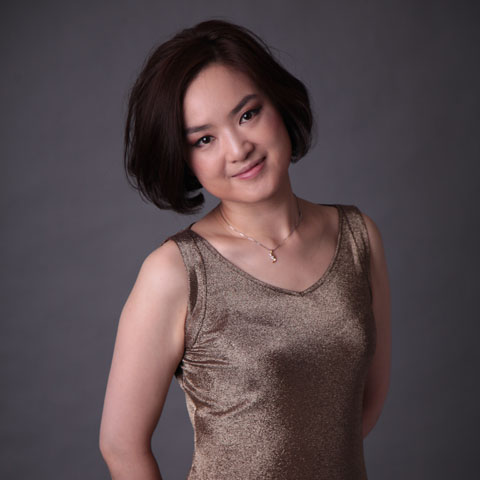
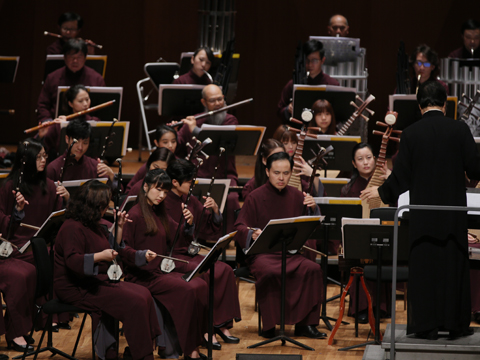
HKCO
Hong Kong Chinese Orchestra Environmental, Social and Governance Artistic Director and Principal Conductor for Life Orchestra Members Council Advisors & Artistic Advisors Council Members Management Team Vacancy Contact Us (Tel: 3185 1600)

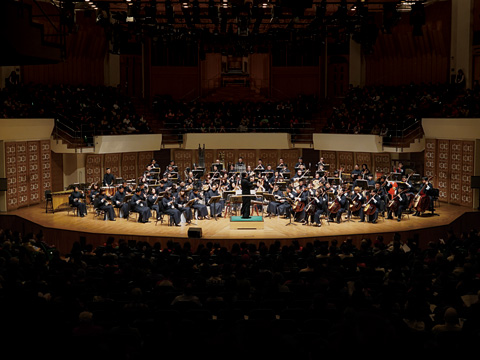
Concerts

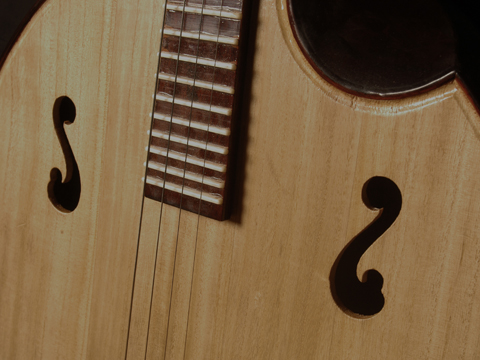
Education
The HKCO Orchestral Academy Hong Kong Youth Zheng Ensemble Hong Kong Young Chinese Orchestra Music Courses Chinese Music Conducting 賽馬會中國音樂教育及推廣計劃 Chinese Music Talent Training Scheme HKJC Chinese Music 360 The International Drum Graded Exam

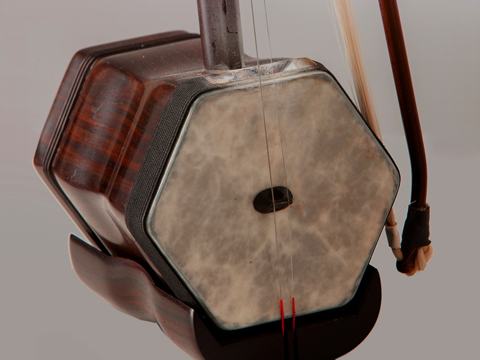
Instrument R&D
Eco-Huqins Chinese Instruments Standard Orchestra Instrument Range Chart and Page Format of the Full Score Configuration of the Orchestra
42nd Orchestral Season
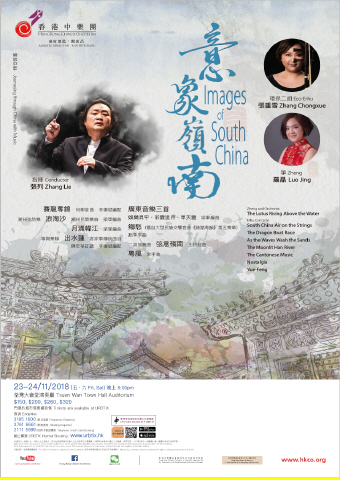
Images of South China
Journeying through China with Music
8:00 pm
Eco-Erhu: Zhang Chongxue (HKCO Concertmaster)
Zheng: Luo Jing (HKCO Zheng Principal)
The Dragon Boat Race He Liutang Arr. and Orch. by Li Fubin
Chaozhou Xianshi Music As the Waves Wash the Sands Folk music of Chaozhou Arr. by Liang Jun
The Moonlit Han River Arr. by Liang Jun
Zheng and Orchestra The Lotus Rising Above the Water Hakka zheng traditional Notation by Chen Anhua Arr. and Orch. by Li Fubin
Three Cantonese Tunes - In Celebration of the Good Times, Beautiful Clouds Chasing the Moon, Thunder in a Drought Arr. by Liang Jun
Nostalgia (Excerpt from the 5th movement of the large divertimento for Chinese orchestra, Silk Road Melody) Zhao Jiping
Erhu Concerto South China Air on the Strings Wang Danhong
Yue-Feng Chang Ping
Diverse Origins Embraced with Optimism
The Chinese title of the concert refers to the region in South China known as ‘Lingnan’, or ‘south of the (five) ridges’, a collective name that covers Guangdong, Guangxi, Hainan and the Pearl River Delta. The concert programme features eight works which are not just related to the Lingnan music culture, but are manifests of its musical roots. They combine the rich expressiveness of Chinese orchestras, and give the traditional music a whole new image.
Three major dialect groups in Lingnan culture
For generations, migrants from diverse Chinese origins (including some non-Chinese ones in more contemporary times) have helped shape the musical culture of South China. The Lingnan cultural landscape is steeped with such wide-ranging, multifarious demographic influences. In terms of language alone, the prefectures (administrative districts) of Guangzhou, Zhaoqing, Huizhou, Gaozhou, Leizhou and Shaozhou during the Qing Dynasty shared the Yue dialect group (Cantonese). Qiongzhou (present-day Hainan Province) and Chaozhou spoke the Min group of dialects (Hokkien and Teochew); while the Hakka dialect group prevailed in Jiaying. At the time, such dialectal distinction merely reflected the vernacular dominant in each regional centre. With the passing of time, the demarcation gradually blurred as changes arising from cross-migration seeped out like ‘ink stains’. Take Hakka for example – it was formerly the dialect of Meizhou, the heartland of Jiaying Prefecture; now the dialect is commonly spoken in northern parts of Guangdong, and many Hakka walled-village settlements can be found in Hong Kong and the New Territories.
The forms of Chinese spoken by the said communities constitute three major dialect groups of China, each with a long history and culture forging its own profound and unique music traditions. Apart from the linguistic aspect, different music genres have emerged from localized variations of these communities’ folklore, folk songs, operas and musical instruments. Nonetheless, the various genres do affect one another. For instance, Han yue (Han or Chinese music) in Hakka culture and the Han yue zheng (Hakka zheng), which originated from the Central Plains, are the oldest music genres of the Lingnan region. As a result of geographical contact, they have had impact on Teochew string (Chaozhou xianshi) music and the Chaozhou zheng. Being the mainstream South China cultural force, Han yue cast considerable influence in some older pieces popular among Cantonese speakers in other regions of China, as well as in its diaspora settled overseas. From this, it is evident that in the long run, the three vernacular forms would objectively develop a mutual influence, even though they are not related. This type of cross-fertilization has long manifested in the music culture of South China with its positive assimilation of elements from diverse sources. The characteristically optimistic adoption of the best that foreign cultures offer is encountered all the time, from the Hakka tea-picking operas of northern Guangdong to Yueyue (Cantonese music) of the Pearl River Delta, and from Teochew xianshi (Chaozhou string) music of eastern Guangdong to the Hakka zheng.
Western influence particularly prevalent in Cantonese music
If the root of Hong Kong’s music culture is seen as being traditionally derived from the three dialect groups that gave rise to the music and culture of South China, then, viewed from a higher cultural level, the music of Hong Kong is formed through sanguine assimilation of multiple elements from diverse origins. This characteristic is especially obvious in Cantonese operas, songs and music, all of which have a culturally and linguistically close relationship with Hong Kong. Cantonese music, in particular, is the genre which has most completely assimilated elements of Western music. Virtuosi like Wan Chi-chung and Luo Zhen not only introduced the violin to Cantonese music, they ‘Cantonized’ violin playing techniques, popularized the ‘fanling’ (‘violin’ transliterated in Chinese) and created a unique art form of violin in Cantonese music. During the 1920s and 30s, apart from the violin and piano, Western musical instruments which pioneered in Cantonese ensembles included the double bass, guitar, trumpet, banjo, saxophone, xylophone and drum kit. American folk songs such as Oh! Susanna were adapted into Cantonese music arrangements.
From the 1950s and 60s onwards, the impact of Western music on Cantonese music became even more ‘comprehensive’. In addition to instruments, its influence pervaded themes, techniques, genres, form, harmony, polyphony, orchestration, and even the process of creative thinking itself. Inspired by Western dance music, a number of Cantonese compositions collectively referred to as ‘light music’ began to progressively appear after early 1930s. Examples include Intoxicated under the Moon and Enigma by Chan Man-tat, and The Lion Dance and Stepping High by Lui Man-shing. As such, Hong Kong is an important gateway through which Western culture is introduced, and has long been a fertile development centre where Cantonese music enthusiastically embraces influence from the Western world. Actually, here in Hong Kong, Chaozhou xianshi (Teochew string) music, Hakka shange (folk songs), and the Hakka and Chaozhou zhengs are all also constantly incorporating foreign culture to transform their own unique colours.
Creating a new dimension and a new image
The Lingnan pieces selected for this concert, whether ballad or folk song, Teochew xianshi, Hakka zheng or Cantonese music, all aspire to create a new image for music of South China by leveraging the rich expressive power of a large-scale ethnic orchestra in an inclusive and optimistic manner. This is in keeping with the long standing HKCO tradition of ‘Radiating from Hong Kong and empowering Chinese music in the world’ which has guided the Orchestra’s development through the years. It may also be seen as a tangible manifestation of ‘keeping up with the times’. The purpose is to allow HKCO and the audience to change and stay current together through time, by creating a new dimension and a new image for the music culture of Hong Kong.
Your Support
Friends of HKCO
Copyright © 2026 HKCO
